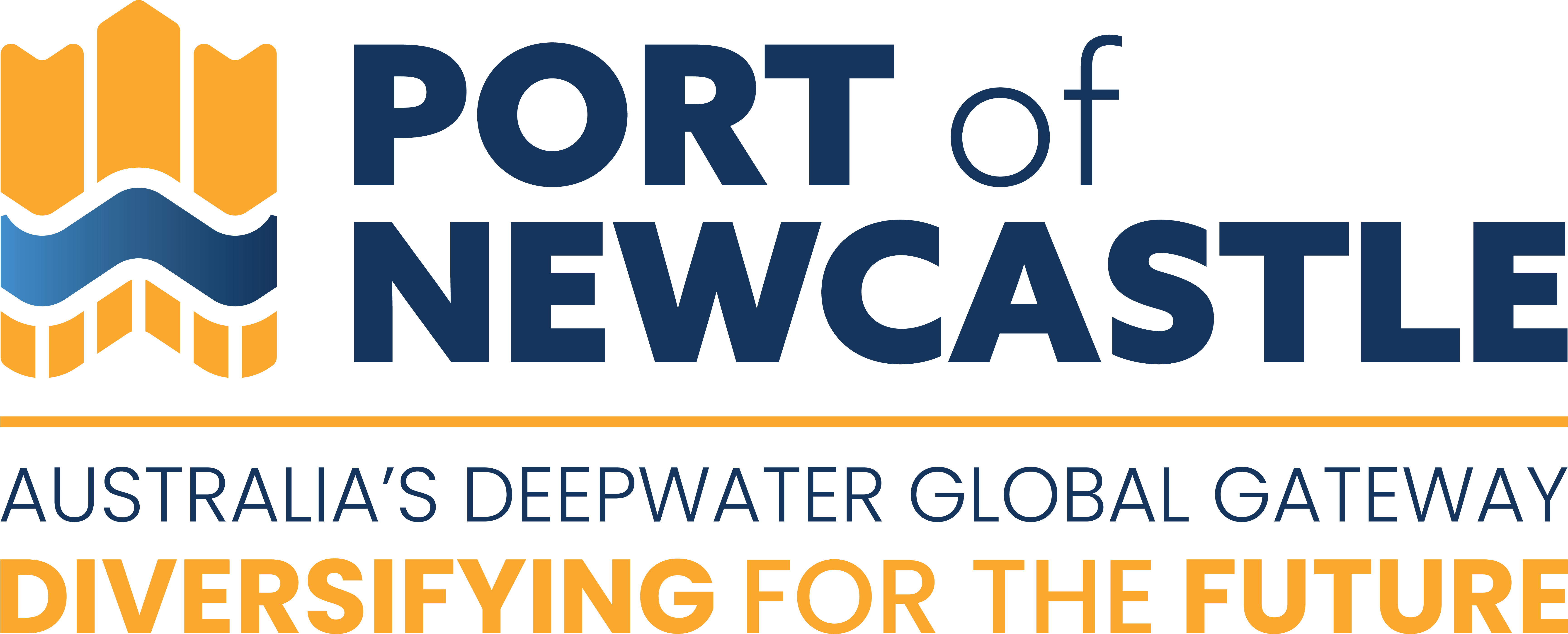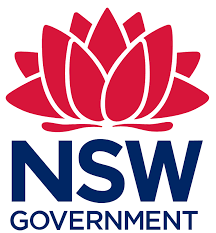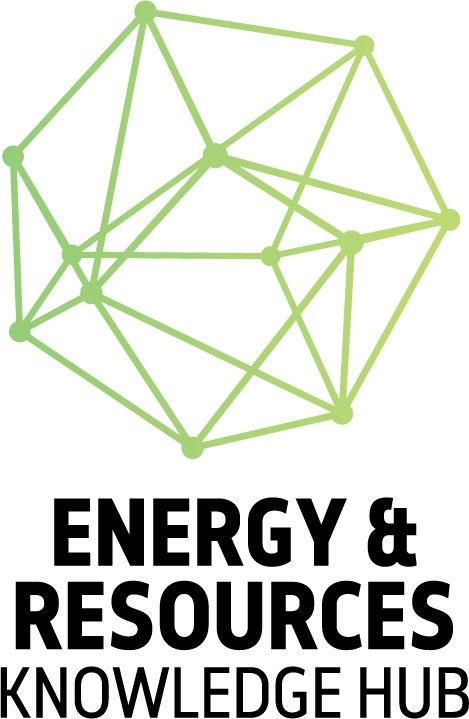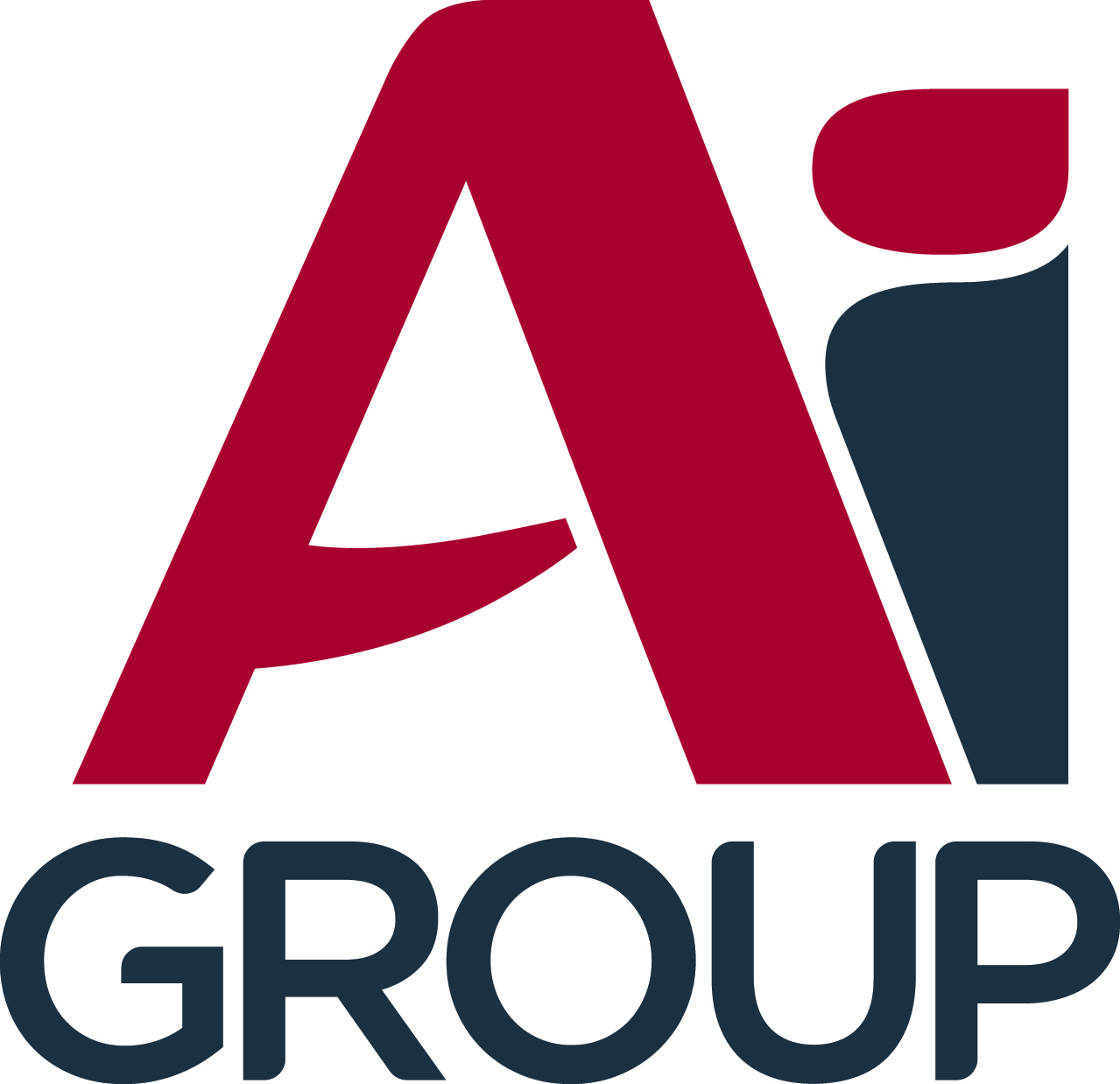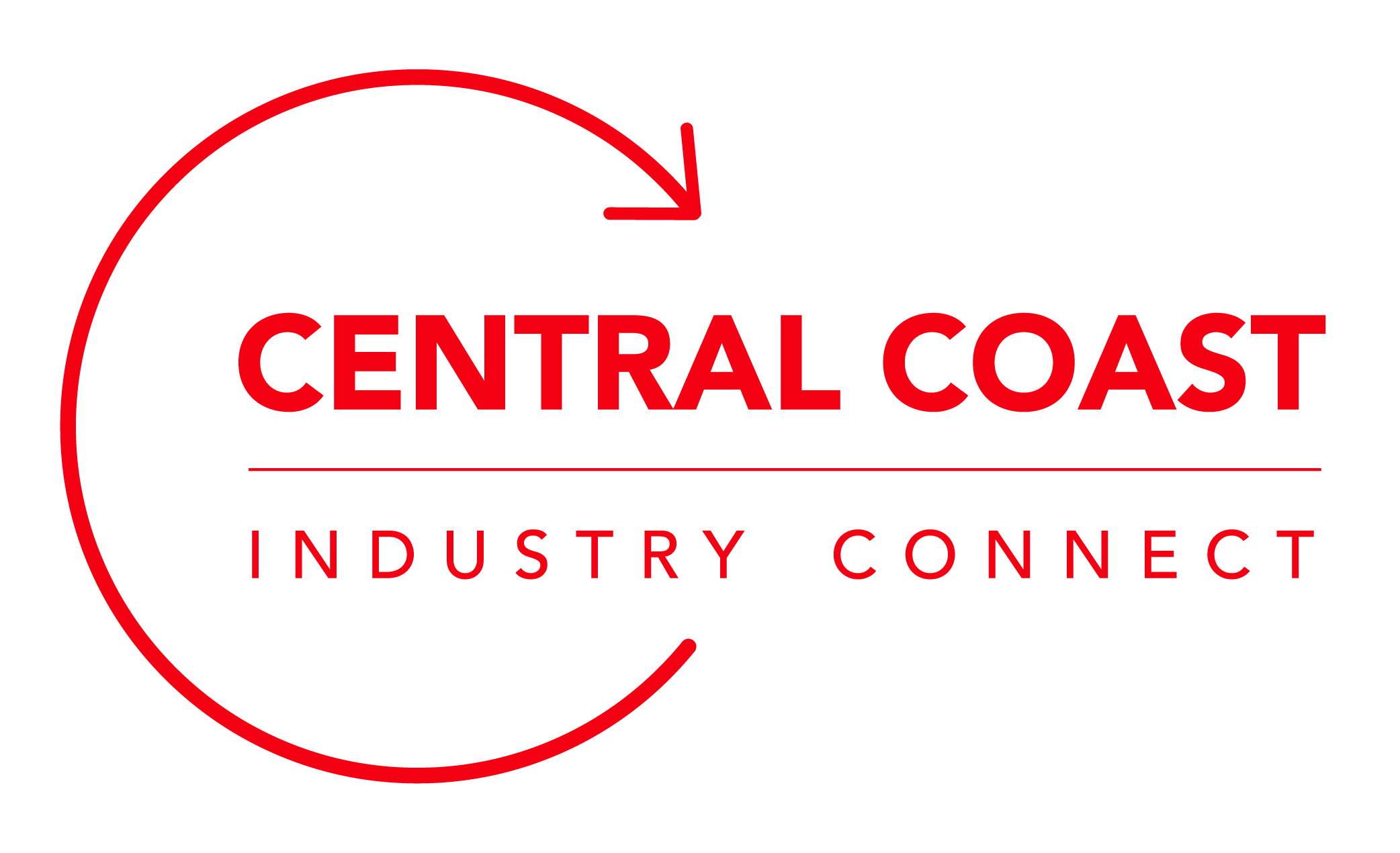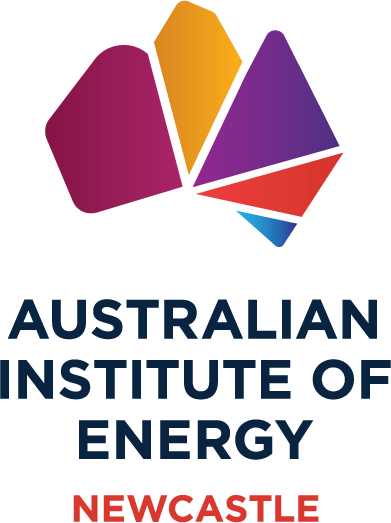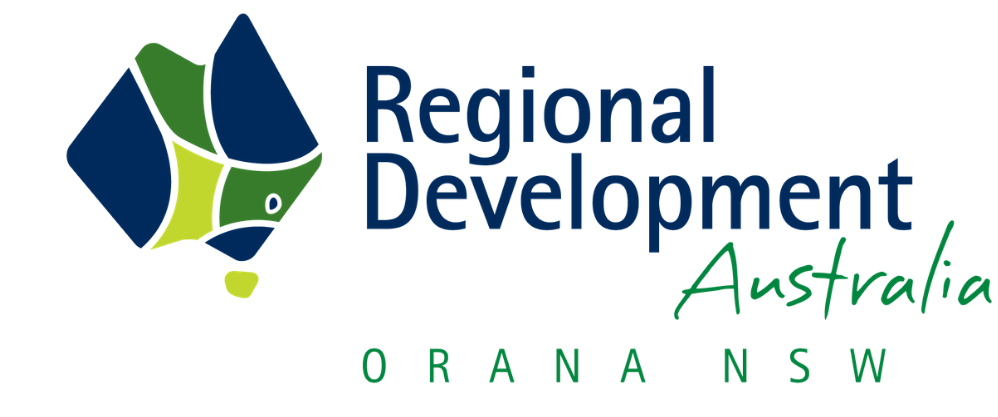Government seeks input on Transport and Infrastructure Roadmap
The Federal Government is calling for stakeholders to have their say on the plans for the transport sector to achieve net zero by 2050
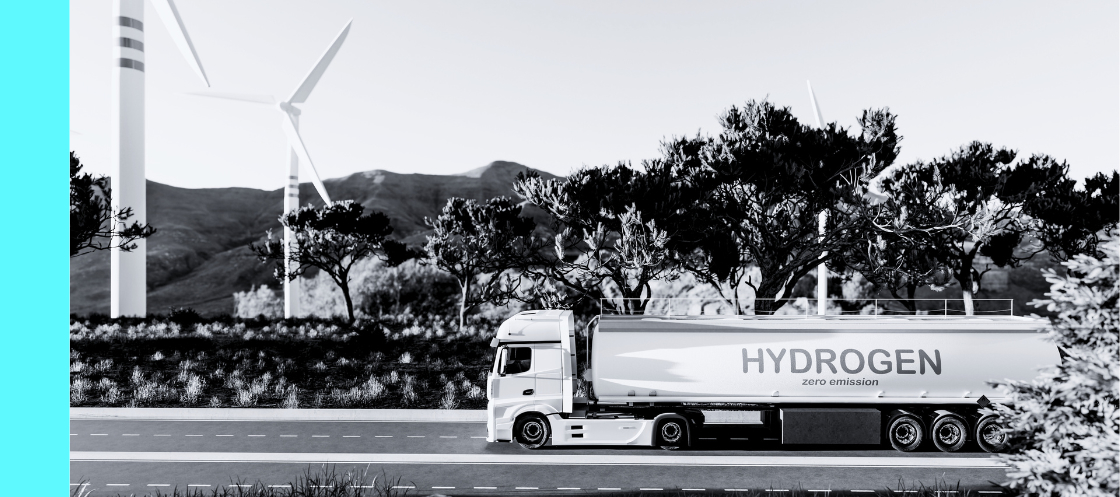
The Australian government is calling for public input on its Transport and Infrastructure Net Zero Consultation Roadmap. The Roadmap outlines various potential pathways to reduce greenhouse gas emissions in the transport sector, which is currently the third-largest emitter in the country.
Without further action, transport is projected to become the highest emitting sector by 2030. To avert this, the government's ambitious climate agenda includes legislated targets to cut emissions by 43% below 2005 levels by 2030 and achieve net zero by 2050.
This roadmap is being developed in two stages: the current Consultation Roadmap, which seeks public feedback on proposed pathways; and the final Transport and Infrastructure Net Zero Roadmap and Action Plan, which will outline specific government actions and policies, providing a detailed blueprint for transitioning to a net zero economy.
In 2020-21, the transport sector contributed $164.4 billion to the economy, making up 7.9% of GDP. It employed 1.25 million people, with an additional 85,400 involved in the delivery of public infrastructure such as roads, railways, and harbors. Transport's critical role in connecting Australians and supporting the economy is juxtaposed with its environmental impact, contributing 21% of national greenhouse gas emissions in 2023.
The Consultation Roadmap emphasizes several key areas for decarbonization. Road transport, which accounts for 83% of transport emissions, presents the largest reduction opportunity. Light vehicles alone are responsible for nearly 60% of these emissions, followed by heavy vehicles at 23%. The roadmap proposes improving fuel efficiency and accelerating the shift to electric vehicles (EVs), supported by policies like the Australian New Vehicle Efficiency Standard and the National Electric Vehicle Strategy.
For heavy vehicles, the roadmap acknowledges the current limitations of battery technology and suggests that hydrogen or low carbon liquid fuels might be necessary for longer distances and larger payloads.
The roadmap also explores opportunities in rail, maritime, and aviation sectors. Rail transport is highlighted as a low-emissions option, with potential for further decarbonization through hydrogen and battery-electric trains. In the maritime sector, the use of low carbon fuels and energy efficiency improvements are deemed essential, while aviation is expected to rely on sustainable aviation fuels (SAFs) in the short-to-medium term.
The government is committed to working collaboratively with various stakeholders to achieve net zero. Public input is vital at this stage to ensure the roadmap is comprehensive and effective.



